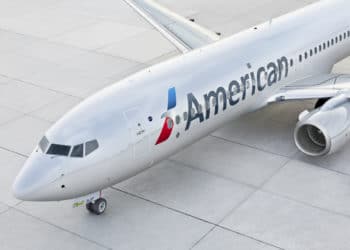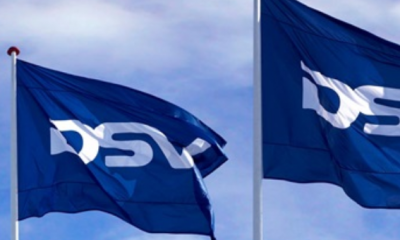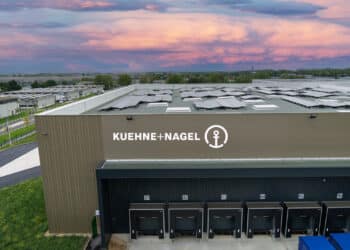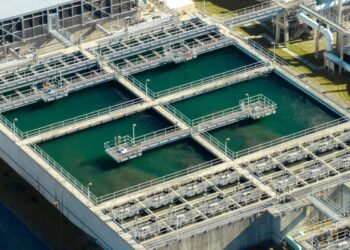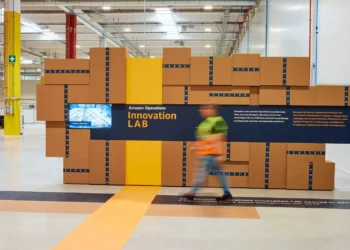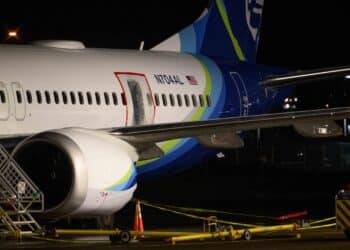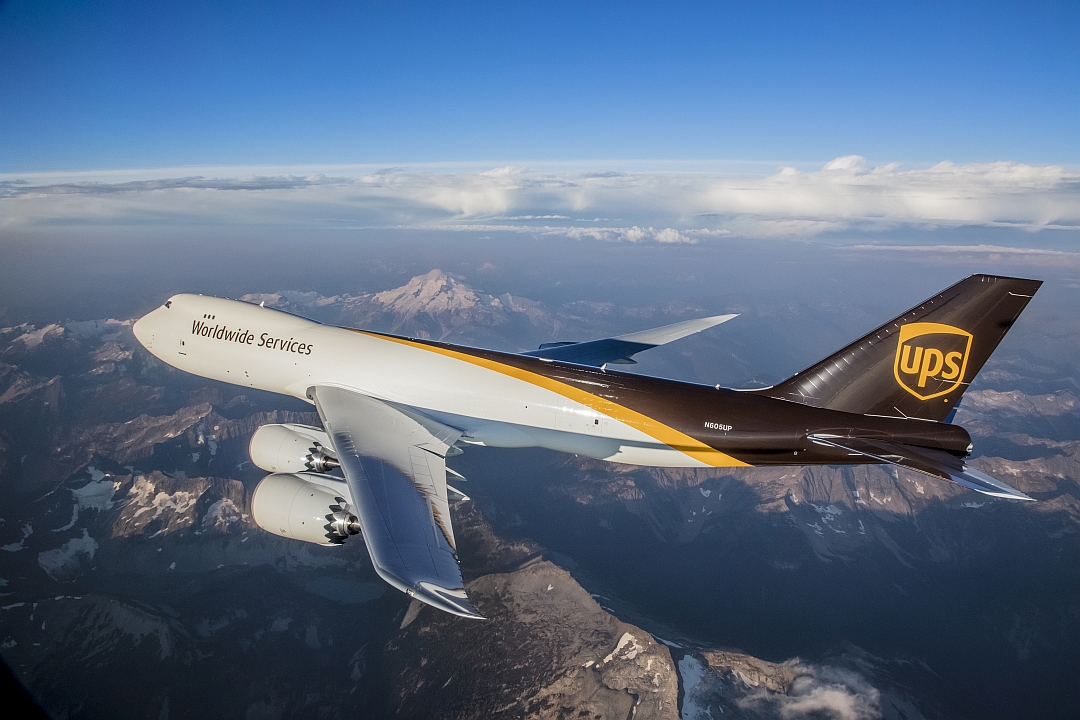No products in the cart.
UPS to reinvest tax cuts, buy more freighters with multi-billion-dollar plan
There’s a slew of major, but closely related, news stories coming out of UPS’ Atlanta headquarters today – and, for the most part, it’s coming up roses for the global integrator, starting with last December’s tax cut legislation, which translated into strong overall and division revenues in the fourth quarter. But UPS’s decision to reinvest tax savings and profits has investors worried, and its less clear how long it will take for those investments to pay off.
In response to accelerating demand for the company’s air services, UPS also announced plans to purchase 14 additional 747-8Fs and four new 767 freighters, saying that, “all of the new aircraft will be added to the existing fleet and no existing aircraft are being replaced.” The new aircraft are part of a sweeping US$12 billion investment – also announced today – in the company’s Smart Logistics Network, it’s employee pension fund, and an effort to enhance shareowner value.
For more on the significance of the aircraft order, visit our sister publication, Cargo Facts
In an earnings call with investors this morning, UPS said that revenue growth was up over 11 percent for the fourth quarter of 2017, year-over-year, and 8 percent ahead of the previous year for fiscal year 2017. UPS CEO David Abney commented that the results “exceeded expectations.” UPS also reported mostly positive developments in various business segments:
- Supply Chain & Freight: Profits were up on the back of a 21 percent growth in revenue over Q4 2016. UPS Freight and Coyote Logistics contributed to improved top-line results for Q4 2017.
- Domestic: Revenue was up 8.4 percent in the fourth quarter, y-o-y, driven by Deferred Air and Ground, but those numbers lagged, in the wake of operational difficulties during the Thanksgiving/cyber week period, when the company spent an extra $125 million to clear bottlenecks and delivery delays.
- International: The segment also outperformed, with Q4 adjusted operating profit up 7.6 percent, y-o-y, to $760 million. Abney added that UPS has now seen “four consecutive quarters of double-digit export shipment growth.”
But those numbers, coupled with this morning’s announcement that UPS was investing billions of dollars in “enhancing shareowner value” weren’t enough to offset weaker bottom-line results from UPS’s Domestic Segment. UPS explained that the results were, “muted by additional peak operating expenses due to cyber-period volume surges and short-term costs related to capacity projects yet to come on-line.”
UPS’ Domestic Segment is the company’s biggest source of profits, revenues and volumes, and it is also where the $125 million Thanksgiving weekend/cyber week mishap took place.
“I think Wall Street was expecting more from UPS,” Cathy Roberson, founder and head analyst at Logistics Trends & Insights told Air Cargo World. “They had record volume growth, but they weren’t able to handle it as well as expected, even though UPS has invested a lot of money into operations and technology.”
That said, the scope of UPS’s delivery struggles was well documented, and an initial decline in UPS stock value following the earnings call could also be attributed to investors’ hopes of making a quick buck off of Trump’s controversial tax cuts.
When UPS CEO Abney hit the public circuit last year in support of President Trump’s tax cuts, he was explicit about what his company planned to do if the tax cuts passed – invest in UPS. “From our perspective, it’s clear – when GDP increases, more people ship packages. This translates into more planes, more vehicles and more people to sort and deliver,” Abney said.

UPS’ stockholders may have underestimated Abney’s commitment to investment, hoping instead for share buybacks, but that wasn’t in todays earnings call. Instead, UPS has signaled that it plans to ramp up investment in automation, aircraft and other technology that it needs if it hopes to compete in the e-commerce marketplace.
Of the $12 billion that the company said it was reinvesting, $7 billion will be spent over the next three years on construction and renovation of facilities, acquiring new aircraft and ground-fleet vehicles, and to “enhance the information technology platforms required to support the network, manage the business and power new customer solutions,” UPS Airlines public relations manager Jim Mayer told Air Cargo World.
“Our intra-U.S. next-day and deferred air shipments are expanding to record levels,” Abney said. “To support this strong customer demand, we continue to invest in additional air capacity, providing the critical link our customers need to markets around the world.” The massive aircraft order announced today will increase UPS’ cargo capacity by 9 million pounds.
UPS’ adjusted quarterly operating profit margin in its U.S. domestic segment is down 1.6 percent, y-o-y, to 10.7 percent in the fourth quarter, despite investments of $5.2 billion on capital expenditures in 2017 and $3 billion in 2016. At the same time, FedEx and Amazon are just two of a growing list of competitors angling for a larger slice of the e-commerce logistics market, and UPS might need more that just capital investments to retain its position.
Over at Bloomberg, Brooke Sutherland wrote that UPS was making investors wait to celebrate. “The pain from UPS’ increased spending announcement would have been more acute without the benefits of tax reform,” she said. “But that’s cold comfort to investors who had been prepared to celebrate this morning.”

